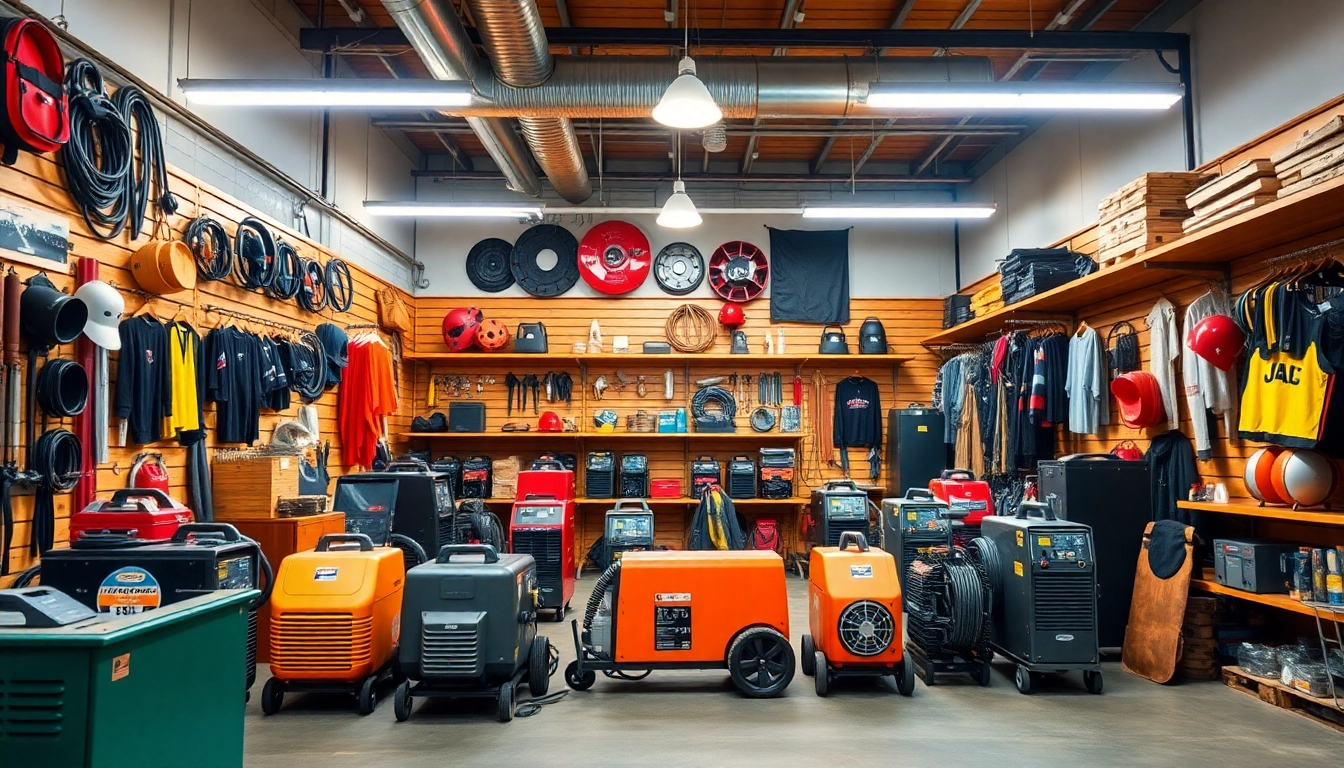Understanding Laminating Resin
What is Laminating Resin?
Laminating resin is a type of synthetic polymer that serves as a bonding agent for layers of materials, most commonly in composite manufacturing processes. Unlike standard resins that might be used for casting or surface finishing, laminating resin is specifically designed for creating durable, lightweight structures by bonding layers of fiberglass fabric or other reinforcement materials. It is crucial in applications where strength, durability, and performance are key, such as in the construction of boats, automotive parts, and various industrial components. By using laminating resin, fabricators can achieve a high degree of stability and reliability in their finished products.
Physical and Chemical Properties
Laminating resin typically exhibits a range of physical and chemical properties dependent on its formulation. Key characteristics include:
- Viscosity: Laminating resins are usually low to medium viscosity, allowing for easy application and penetration into fabrics during layup processes.
- Curing Time: These resins can be formulated to cure quickly or at ambient temperatures, offering flexibility in production schedules.
- Heat Resistance: Many laminating resins are designed to withstand high temperatures, making them suitable for applications in demanding environments.
- Durability: They are engineered for long-lasting performance, including resistance to impacts, moisture, and chemicals.
The choice of specific laminating resin can significantly influence the mechanical properties of the final composite product, including tensile strength, shear strength, and fatigue resistance.
Common Applications of Laminating Resin
Laminating resins find extensive application across various industries:
- Marine Construction: In the boat-building industry, laminating resins are vital for bonding fiberglass layers, producing lightweight hulls that are resistant to water and corrosion.
- Aerospace: Laminating resins are crucial in aerospace applications for creating lightweight structures that stand up to high stress and environmental conditions.
- Automotive: Many automotive components utilize laminating resins to achieve weight reduction and improved performance characteristics.
- Wind Energy: Wind turbine blades, made with laminated composites, benefit from the low weight and high strength provided by laminating resins.
These examples illustrate the versatility of laminating resin as a foundational material in state-of-the-art manufacturing processes.
Types of Laminating Resin
Polyester Laminating Resin Overview
Polyester laminating resin is one of the most widely used types of laminating resin due to its cost-effectiveness and ease of use. Composed of unsaturated polyester resins mixed with a catalyst, it features:
- High Adhesion: Excellent adhesion properties make it ideal for bonding with fiberglass.
- Affordability: Generally more affordable than epoxy-based alternatives, making it suitable for budget-conscious projects.
- Versatility: Can be used in a range of applications from automotive to marine.
Despite its advantages, polyester laminating resins have some limitations, including a tendency to produce volatile organic compounds (VOCs) during the curing process and a lower resistance to moisture compared to epoxy resins.
Epoxy Laminating Resin Characteristics
Epoxy laminating resin has gained popularity due to its superior performance characteristics. This type of resin is used extensively in demanding applications where high strength and durability are essential. Its key features include:
- Low Shrinkage: Epoxy laminates exhibit lower shrinkage upon curing, resulting in a more stable final product.
- Moisture Resistance: Epoxy resins are highly resistant to moisture, making them ideal for marine applications.
- Mechanical Strength: They provide exceptional mechanical properties, demonstrated by high tensile and flexural strength.
While epoxy laminating resin often costs more than polyester, its performance can justify the investment, especially in high-performance environments.
Comparing Polyester and Epoxy Laminating Resin
When choosing between polyester and epoxy laminating resin, several factors should be considered:
| Property | Polyester Laminating Resin | Epoxy Laminating Resin |
|---|---|---|
| Cost | Lower | Higher |
| Adhesion | Good | Excellent |
| Moisture Resistance | Moderate | High |
| Curing Speed | Fast | Varies |
| Environmental Impact | Higher VOCs | Lower VOCs |
This comparison highlights that while polyester resin is more affordable, epoxy resin provides enhanced performance characteristics that may be critical depending on the intended application.
Choosing the Right Laminating Resin
Factors to Consider When Selecting Laminating Resin
Choosing the right laminating resin is pivotal to the success of any composite project. Key factors to consider include:
- Application Requirements: Evaluate the specific needs of the project such as exposure to chemicals, moisture, or temperature extremes.
- Material Compatibility: Ensure that the selected resin is compatible with the reinforcement materials (e.g., fiberglass, aramid, carbon fibers) used in the layup.
- Budget Constraints: Assess how much can be spent on materials and balance cost against performance needs.
- Curing Characteristics: Determine the required pot life and curing times that fit within project timelines.
Best Uses for Each Type of Laminating Resin
Different types of laminating resin suit different applications:
- Polyester Laminating Resin: Ideal for boat building, general-purpose applications, and projects where cost is a major consideration.
- Epoxy Laminating Resin: Best suited for high-performance applications, aerospace, and environments requiring superior strength and moisture resistance.
Understanding the application context can guide the decision-making process in selecting the right type of laminating resin.
Cost vs. Performance: Making the Best Choice
Striking a balance between cost and performance is critical when selecting a laminating resin. For projects where longevity and structural integrity are paramount, investment in epoxy resins may be warranted. Conversely, for projects with tighter budgets, polyester resins can deliver satisfactory results. Evaluating long-term operational costs against initial investments can provide additional clarity in decision-making.
Application Techniques for Laminating Resin
Preparation Steps for Successful Laminating
Proper preparation is essential to achieving optimal results when applying laminating resin. Key steps include:
- Surface Cleaning: Ensure that all surfaces are clean and free of dust, grease, or contaminants that could inhibit adhesion.
- Temperature Control: Maintain the workspace and material temperatures within recommended ranges for effective curing.
- Material Cut and Setup: Cut fiberglass or other reinforcement materials to the required size and have them ready for application.
Applying Laminating Resin: Tips and Tricks
Here are some practical tips for applying laminating resin effectively:
- Use a Brush or Roller: For large areas, a roller can help achieve a smooth, even application, while a brush may be necessary for detailed work.
- Work in Layers: Apply resin in multiple thin layers rather than one thick coat to improve penetration and wet-out of fabrics.
- Visual Inspection: Regularly inspect the resin layout during application to catch any dry spots or air bubbles.
Post-Application Care and Curing Process
After the application of laminating resin, proper care is paramount to ensure successful curing:
- Environment Monitoring: Keep track of temperature and humidity levels, as both can influence the curing process.
- Avoid Disturbances: Ensure that the project area remains undisturbed until the resin fully cures to prevent defects.
- Follow Manufacturer Guidelines: Adhere to recommended curing times and conditions provided by the resin manufacturer.
Safety and Best Practices in Working with Laminating Resin
Proper Safety Gear and Procedures
Safety should be a top priority when working with laminating resin. Essential safety gear includes:
- Protective gloves to avoid skin contact.
- Safety goggles to shield eyes from potential splashes.
- Respirators to prevent inhalation of harmful fumes, especially during mixing and application.
Additionally, training and adherence to safety protocols can mitigate risks associated with resin handling.
Disposal and Environmental Considerations
Responsible disposal of laminating resin waste is crucial for environmental sustainability:
- Follow local regulations and guidelines for hazardous waste disposal.
- Avoid disposing of unfinished resin in regular trash; use designated disposal sites for chemical waste.
Storing Laminating Resin: Best Practices
Proper storage of laminating resin ensures that it maintains its efficacy for future use:
- Cool, Dry Conditions: Store in a cool, dry place away from direct sunlight and heat sources to prevent degradation.
- Sealed Containers: Always keep resin in tightly sealed containers to minimize exposure to air and humidity.
- Labeling: Clearly label all containers with contents and expiration dates for safe and efficient use.
By adhering to these best practices, users can maximize the effectiveness and safety of laminating resin in their projects.


